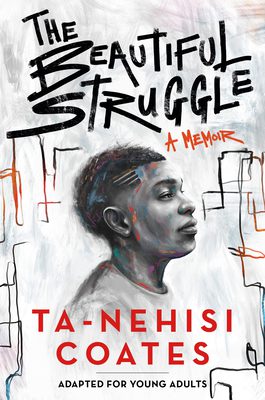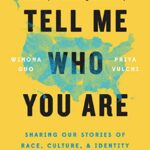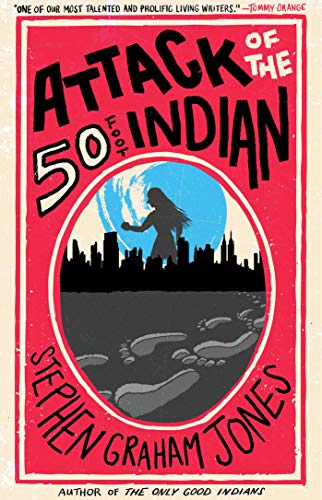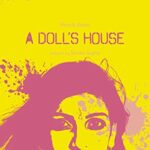Diverse Authors Lead to Diverse Interpretations
English class, despite the name, isn’t actually about the conventions of the language. English class is about finding meaning in the words on a page; thinking critically about them and creating access to and empathy for new perspectives. English class is about communicating a meaning in putting your own words down on a page; be it analytically, creatively, or reflectively.
The words on the page matter. So when we choose texts to teach here we must ask the question: Who will be able to see themselves in this story? Who will have an opportunity for empathy by reading this? Diverse students need diverse authors.
A recent favorite for 9th graders has been the work of Ta-Naheesi Coates. He is a novelist, and more notably for our students, the current author of the Black Panther comics. In the spring students read his memoir The Beautiful Struggle (Adapted for Young Adults) as their final text before writing memoirs of their own.
In 10th grade, students move beyond memoirs by a single author and take on the task of finding commonality without assuming anyone’s experience is a monolith for others who may have some shared aspects of identity in Winona Guo and Priya Vulchi’s collection of interviews Tell Me Who You Are. This unit culminates with students preparing, conducting, and analyzing an interview of their own.
In 11th grade we start the school year with pairs of short stories by Indigenous American authors such as Stephen Graham Jones (Blackfeet), Darcie Little Badger (Lipan Apache), Rebecca Roanhorse(Navajo), and Tommy Orange (Cheyenne and Arapaho) who use magical realism and allegory to address the ramifications history has had on over 500 nations of peoples who are very much still here. Students integrate these diverse stories with allegories of their own making to address the societal needs they see.
Lastly, 12th graders take on diverse, post-colonial adaptations of texts long held as ‘the classics’ such as Henrik Ibsen’s A Doll’s House adapted by Tanika Gupta and reset in India during the British Raj government. Adaptation provides access to the ‘classics’ but extends the lens through which students read literature critically and comparatively. Seniors then prepare a persuasive presentation using a chosen lens of literary theory to articulate a formalist, sociological, feminist, or Marxist reading of these plays.
Naturally, as a school for neurodiverse students, this reading is scaffolded with a supportive and gradual increase of the analytical load. For many of our students reading may not be a preferred activity. Yet, when we break the mold from what students are expecting to read and then deviate from what they are expecting to do with that reading, those words on the page feel so much more worthwhile. Providing diverse literature speaks to our diverse student population and makes reading more relatable.




